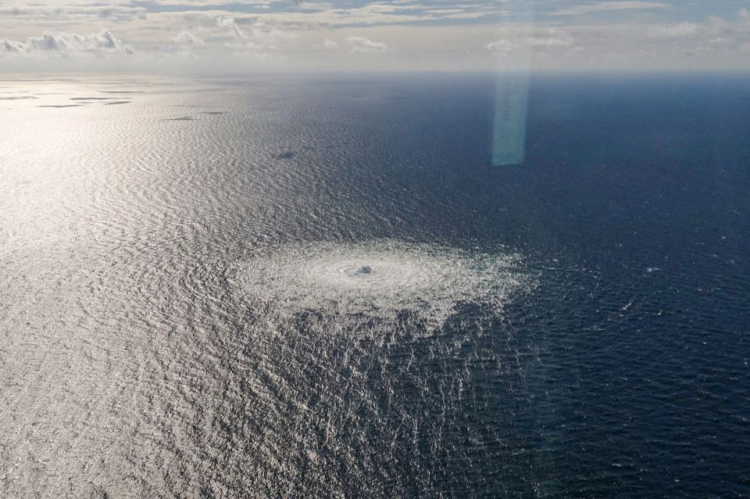Scientists Now Confirm Man-Made Explosives Breached the Nord Stream Pipelines

Key new details of the explosions which ultimately crippled Nord Stream gas pipeline last year in the Baltic Sea have been revealed: researchers in Norway presented seismic evidence of the four explosions, becoming the first national body to publicly confirm the second two detonations as well as revealing a detailed timing of events.
Using information from seismic stations in northern Europe and Germany, including the Swedish National Seismic Network and Danish stations on Bornholm, seismologists deployed advanced analysis techniques to observe and pinpoint the blasts.
The explosions made holes in both Nord Stream 1 pipelines and one of the Nord Stream 2 pipelines. By November last year, Swedish investigators had confirmed that the breaches were caused by man-made explosives.
Investigations are continuing, but officials quoted in the US and German press have said the evidence points towards a Ukrainian-backed group, or a pro-Ukrainian group operating without the knowledge of the leadership in Kyiv.
Seismologists at Norsar, Norway’s national data centre for the comprehensive nuclear test ban treaty (CTBT), told the Guardian they had so far found a total of four explosions – one south-east of Bornholm and three north-east of the island.
Two clear seismic events, named Event S and Event N, were identified on 26 September 2022, soon after the attack. The first, on Nord Stream 2, occurred at 02:03:24 (UTC+2), and the second, on Nord Stream 1, at 19:03:50 (UTC+2).
Based in Kjeller, near Oslo, Norsar monitors events across the world including nuclear testing in North Korea, the impact of CO2 storage on the Norwegian continental shelf and conflict zones such as Ukraine.
It takes 10 minutes for shock waves to reach them after a nuclear test in North Korea, with location accuracy of 150-200 metres, leading to the claim that it is “10 minutes from Kjeller to North Korea”.

